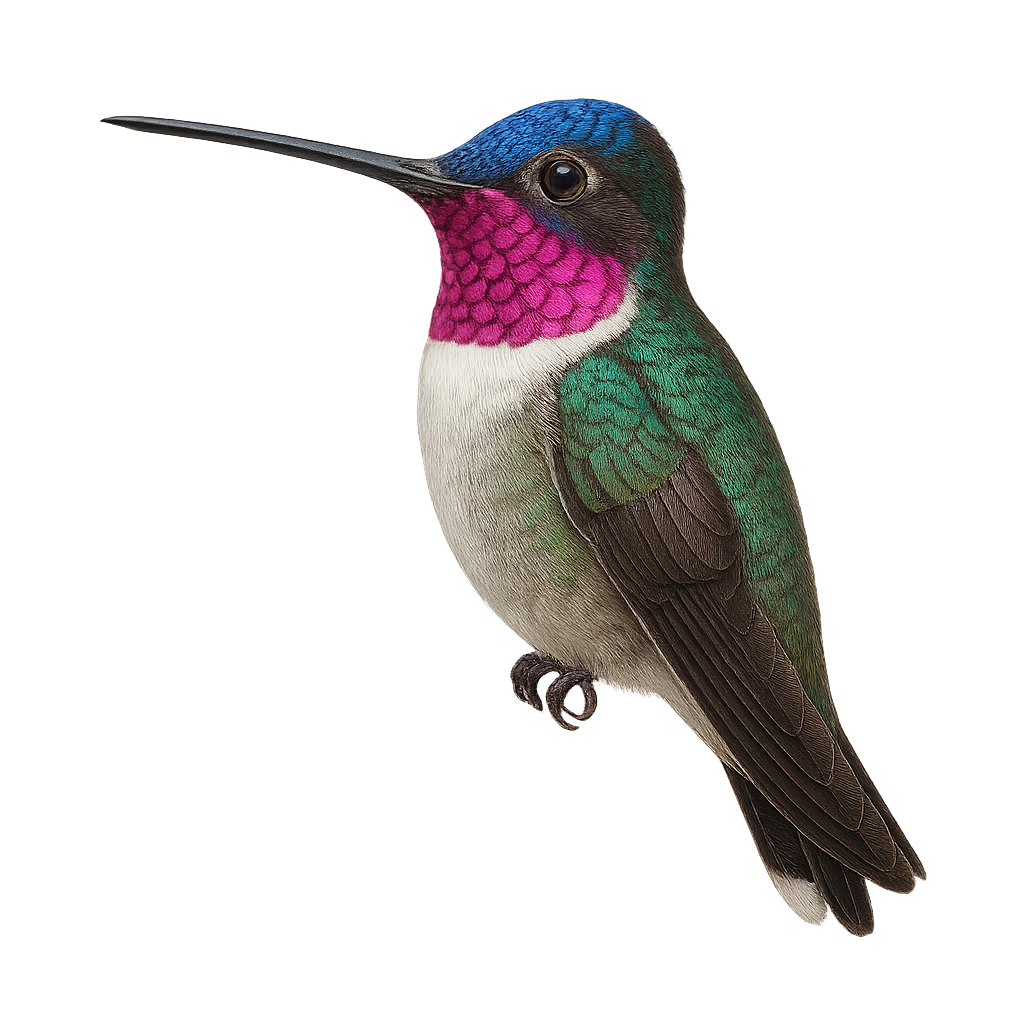Your wildlife photography guide.
Explore the long-billed starthroat in detail, study its behavior, prepare your shots.
Where to observe and photograph the long-billed starthroat in the wild
Learn where and when to spot the long-billed starthroat in the wild, how to identify the species based on distinctive features, and what natural environments it inhabits. The WildlifePhotographer app offers tailored photography tips that reflect the long-billed starthroat’s behavior, helping you capture better wildlife images. Explore the full species profile for key information including description, habitat, active periods, and approach techniques.
Long-billed Starthroat
Scientific name: Heliomaster longirostris

IUCN Status: Least Concern
Family: TROCHILIDAE
Group: Birds
Sensitivity to human approach: Suspicious
Minimum approach distance: 5 m
Courtship display: March to April
Incubation: 15-17 jours
Hatchings: March to May
Habitat:
Tropical forests, forest edges, flower-rich gardens
Activity period :
Primarily active during the day, with peak activity in the morning and late afternoon.
Identification and description:
The Long-billed Starthroat, scientifically known as Heliomaster longirostris, is a medium-sized hummingbird distinguished by its long, slender bill and iridescent plumage. Predominantly green with metallic sheen, it features a white throat and chest contrasting with its dark belly. This hummingbird inhabits tropical and subtropical forests, forest edges, and flower-rich gardens. It primarily feeds on nectar, hovering to extract it, but also consumes small insects for protein. Its rapid flight and agile maneuvers help it evade predators and defend its territory against other hummingbirds.
Recommended lens:
400 mm – adjust based on distance, desired framing (portrait or habitat), and approach conditions.
Photography tips:
To photograph the Long-billed Starthroat, use a telephoto lens of at least 400mm to capture fine details without disturbing the bird. Opt for early morning or late afternoon hours to take advantage of soft, natural light. Be patient and discreet, positioning yourself near flowers it frequents. Use a tripod to stabilize your camera and adjust the shutter speed to freeze the rapid movement of its wings.
The WildlifePhotographer App is coming soon!
Be the first to explore the best nature spots, track rutting seasons, log your observations, and observe more wildlife.
Already 1 439 wildlife lovers subscribed worldwide

